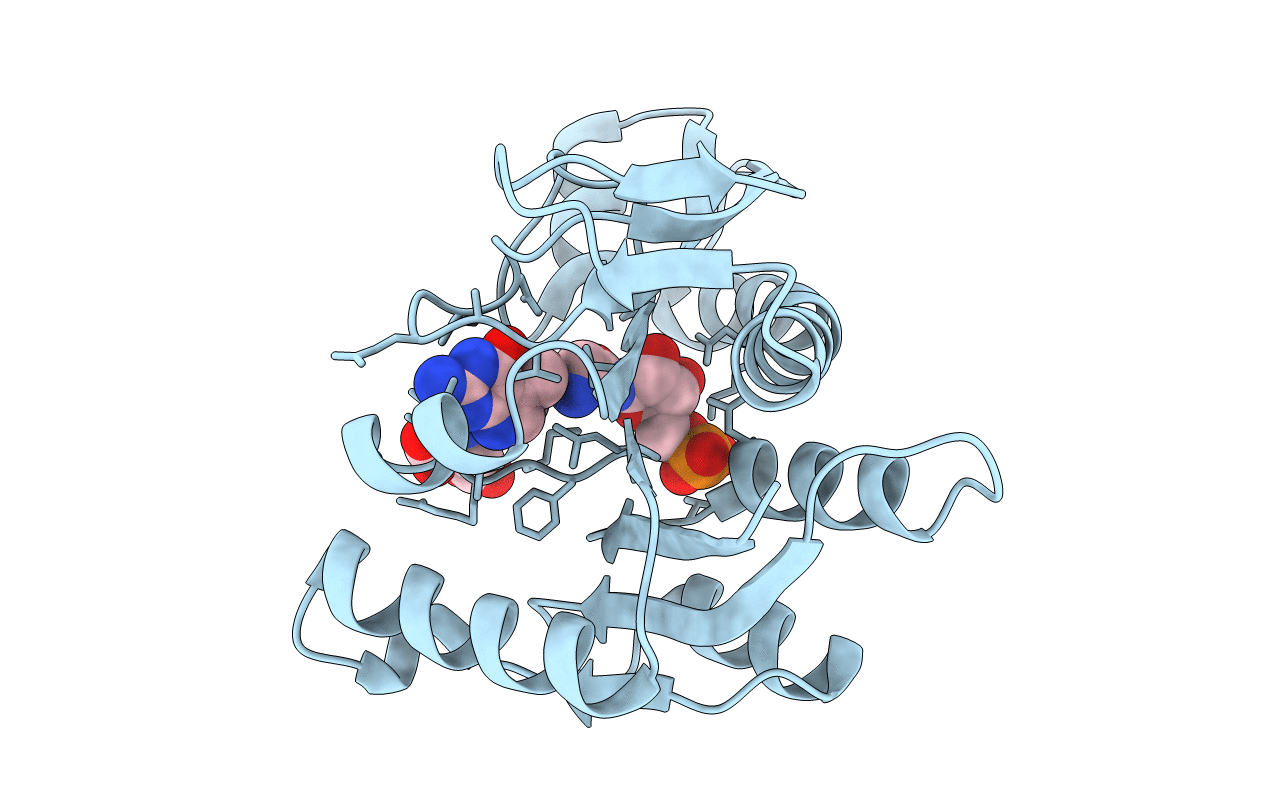
Deposition Date
2015-05-22
Release Date
2015-12-16
Last Version Date
2023-09-27
Entry Detail
PDB ID:
4ZZ3
Keywords:
Title:
Human GAR transformylase in complex with GAR and pemetrexed
Biological Source:
Source Organism:
Homo sapiens (Taxon ID: 9606)
Host Organism:
Method Details:
Experimental Method:
Resolution:
2.50 Å
R-Value Free:
0.24
R-Value Work:
0.19
R-Value Observed:
0.20
Space Group:
P 32 2 1


